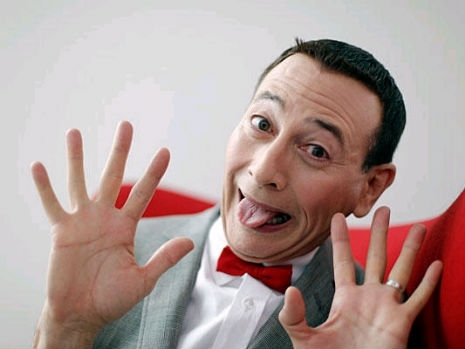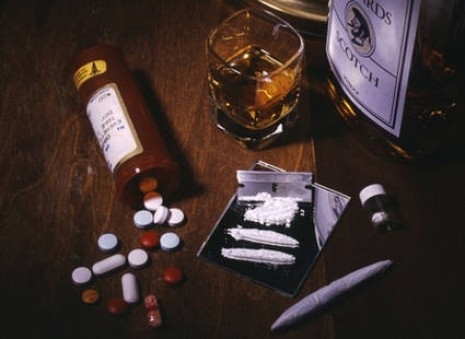
Here we have Pee-wee Herman’s contribution to the War on Drugs, in the form of this doomy public service announcement. Tell it, Pee-wee:
This is crack. Rock cocaine. It isn’t glamorous or cool or kid stuff. It’s the most addictive kind of cocaine, and it can kill you. What’s really bad is nobody knows how much it takes. So every time you use it, you risk dying. It isn’t worth it. Look, everybody wants to be cool. But doing it with crack isn’t just wrong—it’s dead wrong.
It’s something of an Internet mystery when this was actually made. Many people seem to take it for granted that this was done as part of Paul Reubens’ plea bargain agreement after he was arrested for indecent exposure in Sarasota, Florida, in 1991. But I’ve seen 1980 and 1985 mentioned as well—1980 is clearly out, as The Pee Wee Herman Show first aired on HBO in 1981, and Pee-wee’s Playhouse didn’t get onto CBS until 1986.
However, the mid-1980s are a far more intriguing possibility, because if that’s true then it means it was a good-faith effort by ... somebody ... to use Pee-wee’s overwhelming moral authority to get 11-year-old TV viewers to stop using crack cocaine. Somehow I think other approaches would be more effective. Does anyone remember seeing this during the Reagan years?
To paraphrase the question asked by the top YouTube commenter: Did anyone else half-expect the trademark Pee-wee snicker at the very end?
(Thanks to Mark Davis!)
Previously on Dangerous Minds:
Pee-wee Herman, punk rocker
‘I know you are, but what am I?’: Pee-wee Herman’s infamous bicycle as a vintage magazine ad






